Right of First Refusal Notice Letter Template
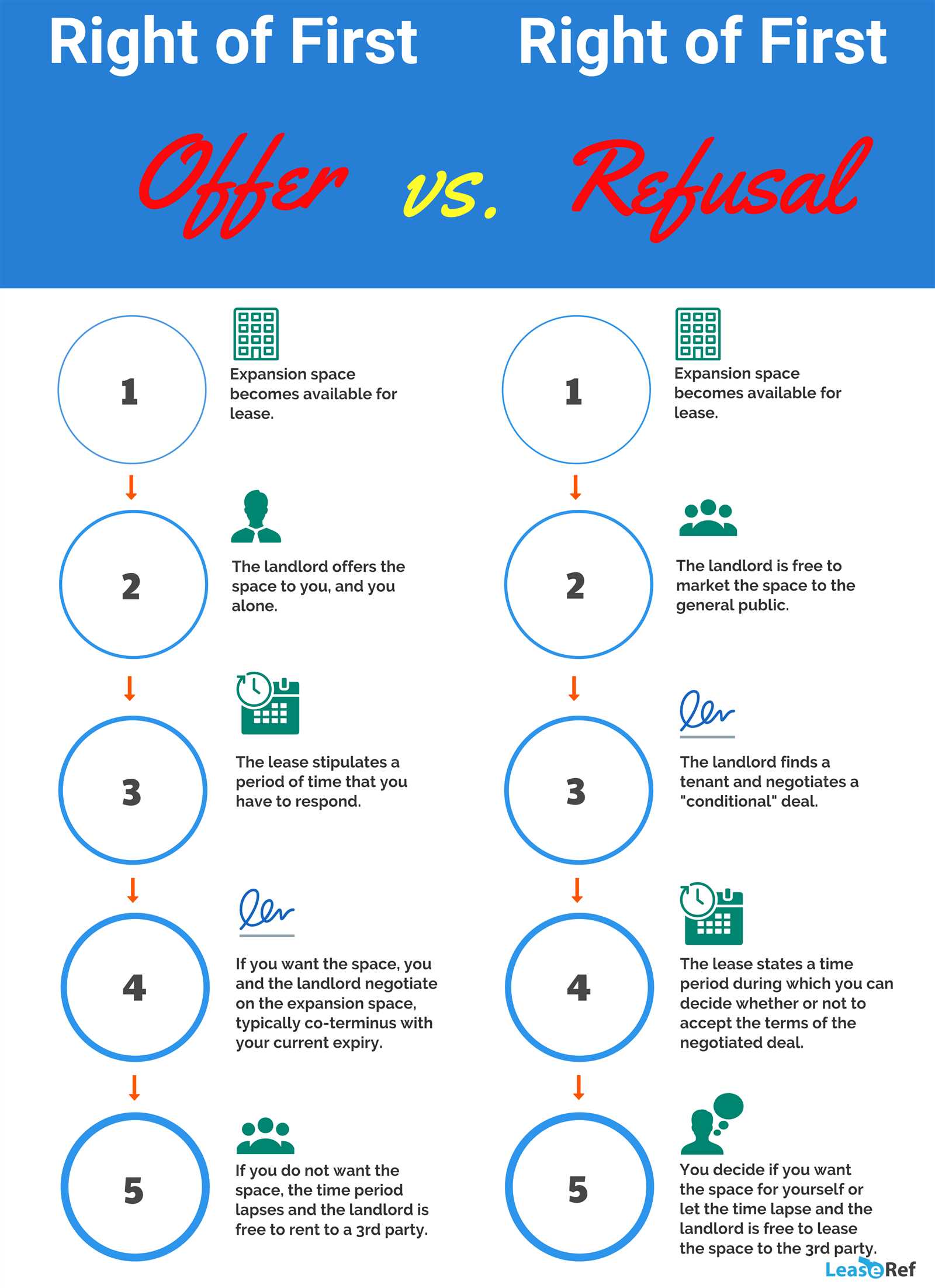
In various business and legal contexts, individuals and organizations may find themselves needing to inform others about an available opportunity to acquire a property or asset before it’s offered to others. This process is essential for maintaining transparency and ensuring fair dealings. Effective communication plays a critical role in such arrangements, especially when there’s a right to take action before other parties are involved.
Clarity and precision are key when drafting a formal communication for these situations. A well-written document ensures all relevant parties understand their options and obligations clearly. By outlining the necessary steps and conditions, both the sender and recipient can proceed with confidence, avoiding misunderstandings or disputes.
Understanding the core elements of such a message is crucial. Each part of the communication serves a specific purpose, whether it’s to notify, provide terms, or outline timelines. A strong foundation for these kinds of interactions leads to smoother transactions and stronger business relationships.
Right of First Refusal Notice Overview
In certain agreements, a party may be granted the option to purchase an asset before it is offered to external buyers. This clause ensures the right to act ahead of others in a transaction, providing an advantage in securing valuable assets. The process involves informing the involved parties when such an opportunity arises, ensuring clear communication and adherence to the outlined terms.
This approach often appears in real estate and business contracts, where it is important to establish a fair process for transactions. By notifying the relevant party at the appropriate time, the transaction can proceed smoothly, with the recipient having the chance to decide whether to accept or decline the offer.
Understanding the process and the formalities involved is essential for ensuring compliance with contractual obligations. Whether it’s a simple agreement or a more complex legal arrangement, the structure of the communication is vital for clarity and effective decision-making.
Understanding the Legal Implications
When a party is granted the option to purchase an asset before others, it comes with legal responsibilities and requirements. This provision often forms part of broader agreements, and failure to comply with its terms can lead to disputes or penalties. Understanding these legal implications is crucial for both parties involved in the arrangement, as it ensures that the process adheres to agreed-upon conditions.
Enforcement of Terms
The enforceability of such agreements relies on clear and unambiguous communication. If the terms are not properly outlined or adhered to, the party offering the asset may face legal challenges. It’s essential to define the time frame, price, and specific conditions under which the transaction can occur to avoid confusion or potential conflicts down the line.
Impacts on Future Transactions
This clause can have long-term effects on both parties, especially in cases where the asset is highly valued. For instance, the party with the option may delay the process or refuse the offer, which could alter the timeline and affect the overall transaction. Additionally, not following through on the process can harm business relationships and trust.
Steps to Create a Notice Letter
Drafting a formal communication that informs a party about the opportunity to purchase an asset requires attention to detail. It’s essential to structure the message in a way that provides clarity and fulfills all legal obligations. Following a systematic approach ensures the document is both legally sound and easy to understand.
Essential Components
When creating this type of communication, several key elements should be included to ensure it is complete and effective. These components define the terms of the offer and outline the process clearly. Below is a table summarizing the key parts of the document:
| Component | Description |
|---|---|
| Introduction | Start by clearly identifying the parties involved and the nature of the offer. |
| Offer Details | Provide specifics about the asset, price, and conditions under which the purchase may take place. |
| Response Deadline | Indicate a clear timeline for the recipient to respond to the offer. |
| Consequences of Non-Response | State the actions that will follow if no response is received within the designated period. |
Formatting the Document
It’s important to maintain a formal tone and use clear, concise language throughout the document. Ensure that each section is well-organized, making it easy for the recipient to follow the terms. A properly formatted document is crucial to avoid ambiguity and ensure all parties are aligned on the terms of the agreement.
Key Components of the Letter
When creating a formal communication to inform someone of an opportunity to acquire an asset, it is important to include certain elements to ensure that the offer is clearly presented and legally sound. These key sections help define the conditions, deadlines, and actions to be taken, making the process transparent for both parties involved.
Essential Elements to Include

To ensure a clear and effective message, consider the following essential elements:
- Introduction: Identify the parties involved and explain the purpose of the communication.
- Offer Details: Describe the asset in question, along with the terms, price, and conditions of the offer.
- Response Timeline: Clearly state the deadline by which the recipient must respond to the offer.
- Consequences: Outline the actions that will follow if the offer is not accepted or if no response is received.
- Signatures: Include spaces for signatures from all parties to acknowledge receipt and agreement.
Additional Considerations
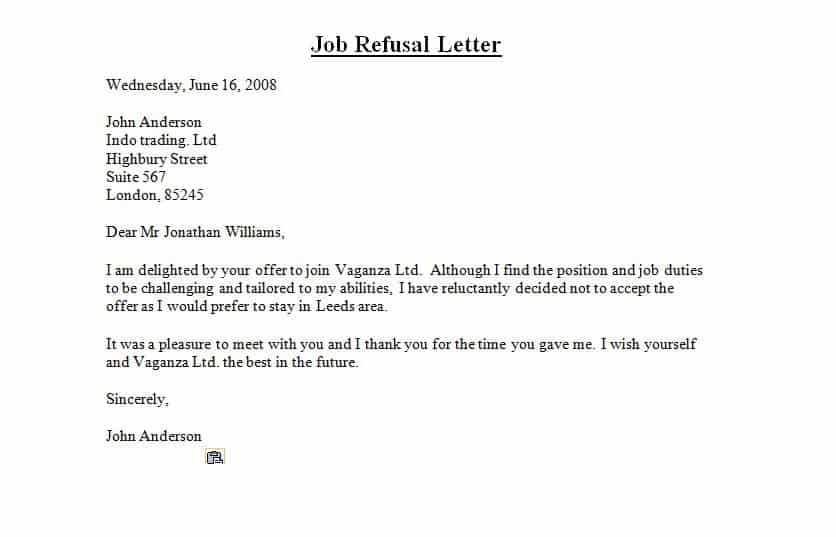
While these are the primary components, it is also important to ensure that the tone of the communication remains professional and clear. Avoid ambiguous terms, and ensure that each section is easy to read and understand. Including all necessary details helps prevent misunderstandings and ensures that both parties are fully aware of their rights and obligations.
When to Use the Notice Template
There are specific situations where it becomes necessary to inform a party about an exclusive opportunity to acquire an asset before it is offered to others. This type of communication is important in various legal and business contexts, ensuring that all parties have a fair chance to exercise their rights. It is essential to understand when and how to utilize this type of formal message to avoid misunderstandings or legal complications.
Generally, such communication should be used when a clause in an agreement grants a party the option to make the first offer on an asset, before it is made available to external parties. It is particularly relevant in real estate transactions, partnerships, and business sales, where one party has a predefined option to act before others are involved.
Ensure that the communication is sent as soon as the opportunity arises, and that it adheres to any time limits or conditions specified in the agreement. Acting promptly and clearly helps avoid complications and ensures that both parties are fully aware of their options and obligations in the process.
Common Mistakes to Avoid
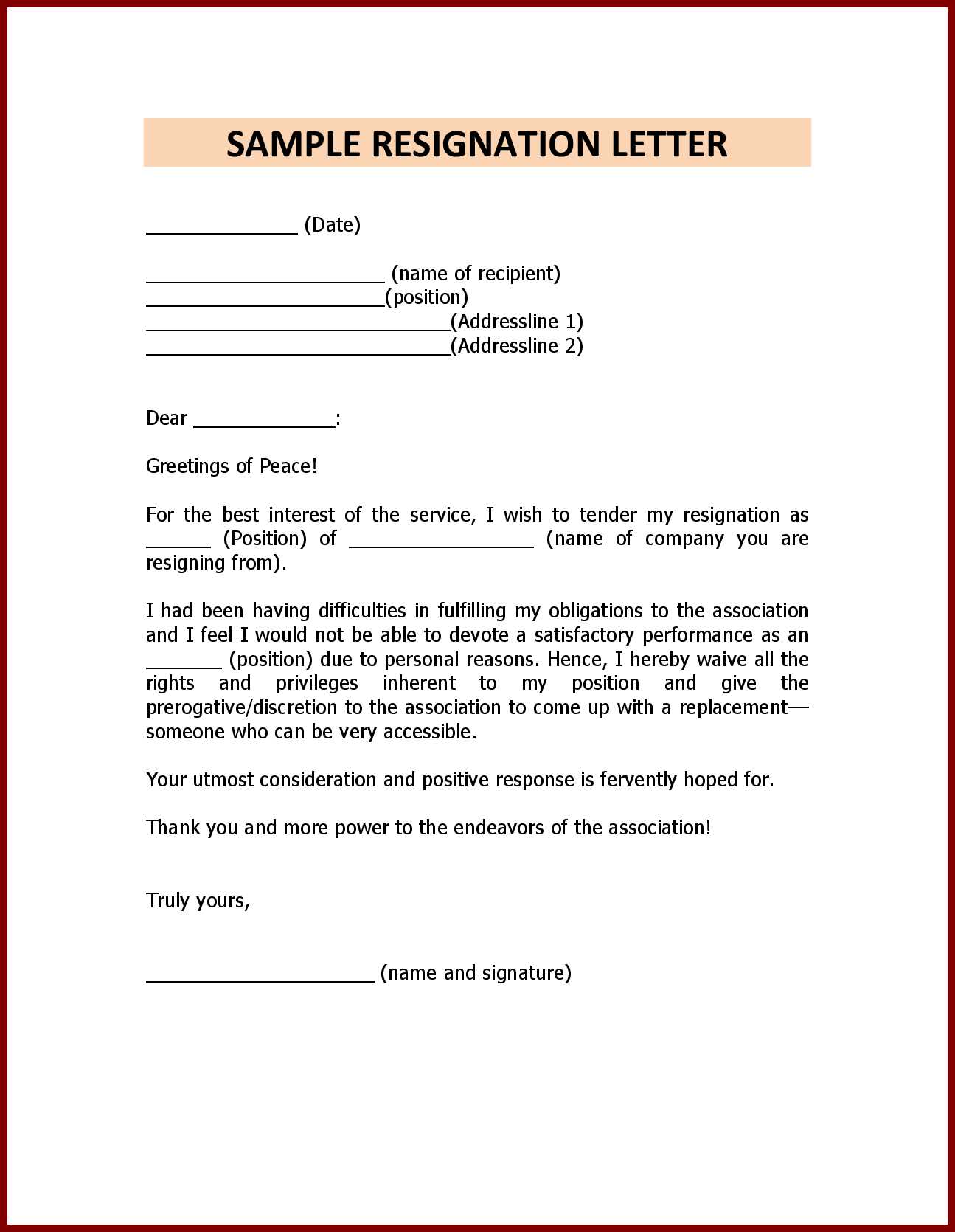
When creating formal communications regarding exclusive opportunities to purchase an asset, it’s crucial to avoid common pitfalls that can lead to misunderstandings or legal issues. Small errors in phrasing or missing details can create confusion and even invalidate the offer. Here are some key mistakes to watch out for to ensure clarity and compliance.
Key Mistakes to Avoid
- Vague Terms: Using unclear language or not providing enough detail about the asset or the terms of the offer can lead to confusion. Be specific about what is being offered and under what conditions.
- Omitting a Response Deadline: Not specifying a clear time frame for when the recipient must respond can create uncertainty and delay the process. Always include an explicit response date.
- Failure to Follow Agreement Terms: Ignoring the specific terms laid out in the contract can cause legal complications. Make sure to follow any conditions or procedures outlined in the agreement.
- Incorrect Formatting: Disorganized or poorly structured communications can cause important details to be overlooked. Ensure the message is well-organized and easy to understand.
- Not Documenting Signatures: Failing to include space for signatures can lead to issues in proving that the recipient has received and acknowledged the offer. Always provide a place for signatures.
Avoiding these mistakes will help ensure that the process is clear, effective, and legally binding. Properly formatted and well-drafted communications are essential to maintaining trust and transparency in any business transaction.
Benefits of Using a Template
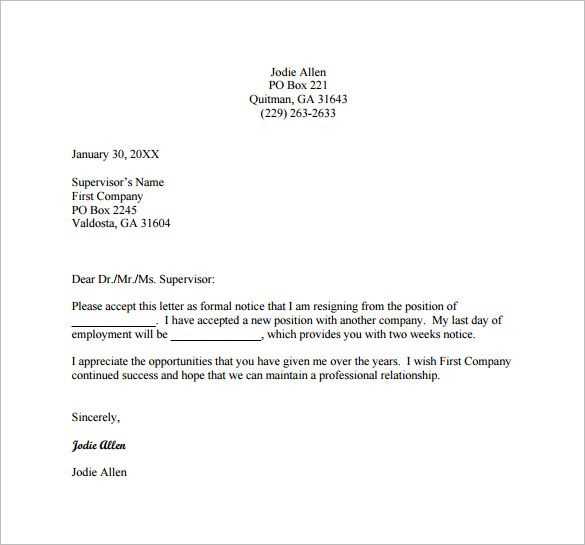
Utilizing a structured format when drafting formal communications offers several advantages, especially when dealing with legal or business transactions. A well-crafted framework ensures consistency and helps prevent common mistakes that could lead to misunderstandings or disputes. By following a pre-established structure, individuals can streamline the process, saving both time and effort while ensuring clarity and precision.
Time Efficiency
One of the primary benefits of using a standardized format is the time saved. Rather than starting from scratch each time, a template provides a clear structure that can be quickly adapted to specific circumstances. This allows individuals to focus on the details of the transaction rather than organizing the content of the communication itself.
Consistency and Accuracy
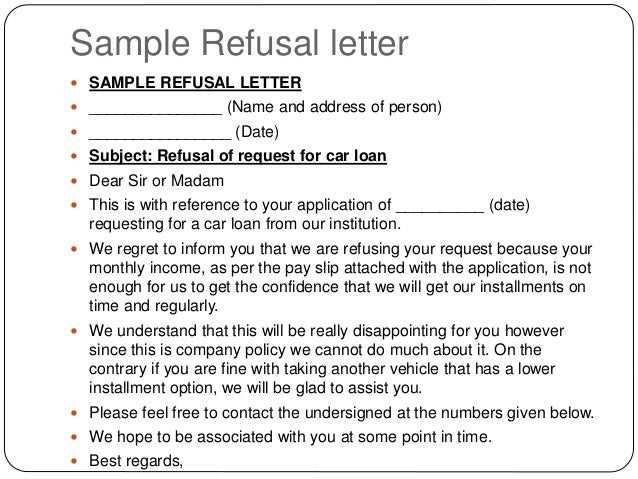
Another significant advantage is the consistency it brings to formal communications. By using a template, you ensure that all required elements are included and presented in a logical order. This reduces the risk of leaving out important information, such as response deadlines or conditions of the offer. A consistent format also helps establish professionalism and trust, ensuring that all parties are aware of their rights and obligations.